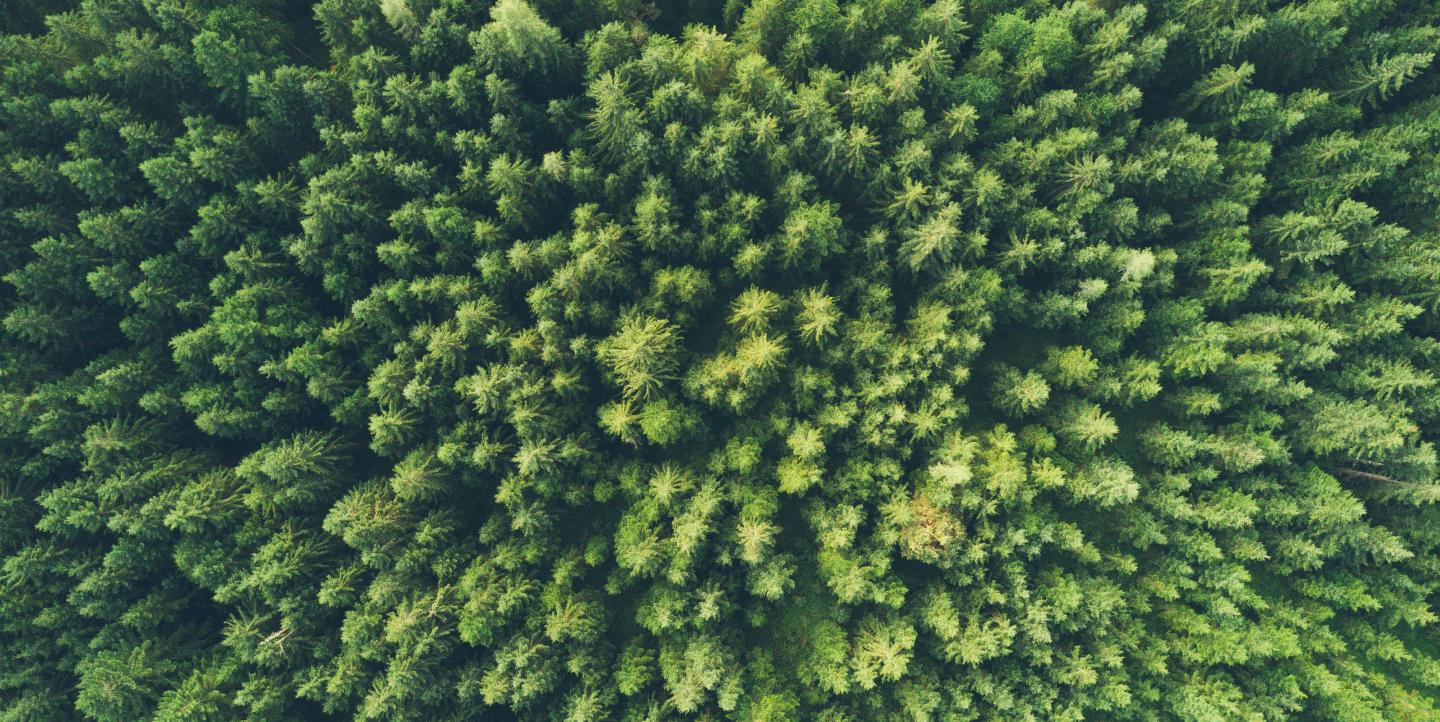The climate crisis may be the biggest story of our lifetime, and the news industry is increasingly coming to grips with the fact that climate change touches every facet of life.
In 2019, Rosalind Donald wrote for the Columbia Journalism Review that “climate change is an economic story and a public health story; global warming shapes supply chains, water resources, tech infrastructure, community development and loss, and on and on. Yet climate coverage has historically been relegated to the science and environmental beats, outside the realm of hard news.”
Climate change also doesn’t impact everyone equally, which is why a diverse, culturally competent press is vital to covering and enacting climate solutions.
Enter: The Uproot Project, a collective network of and for environmental journalists of color. The Uproot Project is dedicated to advancing the careers of journalists who have been historically underrepresented in environmental and science journalism and can offer the industry fresh perspectives.
[Read more: New initiative aims to boost diversity among newsroom staff and reporting sources]
The Uproot Project started out as an idea by Andrew Simon, the director of leadership programming for Grist, a nonprofit news outlet that covers climate. Steering committee member Yessenia Funes, the climate editor for Atmos Magazine, said that Simon convened a group of environmental journalists of color in Seattle in 2019 to get a sense of whether or not there was a larger need and demand for a professional organization to support and uplift journalists of marginalized backgrounds covering these beats.
The question was answered with a resounding yes.
It’s worth mentioning that there are organizations like the Society for Environmental Journalists, the National Association of Science Writers, and Climate Matters. The Uproot Project is unique in its core mission of supporting journalists from underrepresented communities.
The steering committee for The Uproot Project is made up of Funes, Naveena Sadasivam, Justin Worland, Yvette Cabrera, Paola Rosa-Aquino, and Manola Secaira. The project’s first few months will focus on becoming an organization financially independent from Grist, understanding what members need most, and how the Uproot Project can provide those things. Funes said the project’s goals include providing guidance, tools, trainings, workshops, and any other materials that would be helpful to journalists of color who are covering climate change — and especially emerging journalists of color who are trying to find their footing in the industry.
“There’s an injustice that many communities of color face when battling the climate crisis and in our respective industry, we’re seeing a lack of representation of voices of color in the environmental space but we’re seeing this happening everywhere,” Funes said. “Those of us who cover the environment know that there are very many of us who are Black or Indigenous, or people of color, but the folks who get the byline at the big magazines, who get the cover stories on climate change are often white older dudes.”
Funes explained that the lack of reporters and editors who are plugged into vulnerable communities shows itself in the reporting, where communities are exoticized and othered instead of being treated and written about as just people. Sometimes they’re portrayed as ignorant or ill-informed, and that shows when community members are saying one thing, but officials are saying another: Only one side is accepted as authoritative. “One thing is clear: The old narratives in environmental journalism have failed us,” the description for the launch event said. “It’s time we uproot them, and begin to sow the seeds for new stories that do all communities justice.”
[Read more: Strategies for dynamic climate change reporting]
“The political stories that have come out very often leave out the voices of communities who are going to feel the impacts of federally proposed policies,” Funes said. “Many of the stories that do connect with communities, oftentimes tell stories that paint communities as ‘woe is me,’ instead of uplifting the strength and the work that these communities are doing to to address the climate crisis or whatever ecological devastation are facing. That comes from a lack of understanding from any of these reporters or editors who may not have their own connections to these communities.”
The Uproot Project wants to model itself after the Ida B. Wells Society for Investigative Reporting, an organization that focuses on increasing and retaining investigative journalists of color in the news industry. The project officially launched in March with a discussion with Julian Brave NoiseCat, a journalist and the vice president of Data for Progress, whose work has largely focused on how Indigenous people and cultures can offer solutions to the world’s most pressing issues. The event was free and open to journalists of all levels and regardless of beat experiences.
“Part of what we want to help communicate is this connection that the environment doesn’t have to be a separate story to cover,” Funes said. “Any story you can think of, ask yourself, how will climate change affect this? What are the environmental costs associated with this? There’s almost always something to factor in there. We want people to get more creative about how we cover this, so it’s not so reactive. Part of why these issues happen is that the people don’t know about them until they exist.”
This article was originally published by Nieman Lab. It was republished on IJNet with permission.
Hanaa’ Tameez is a staff writer at Nieman Lab. She previously worked at WhereBy.Us and the Fort Worth Star-Telegram.
Main image CC-licensed by Unsplash via John O'Nolan.

